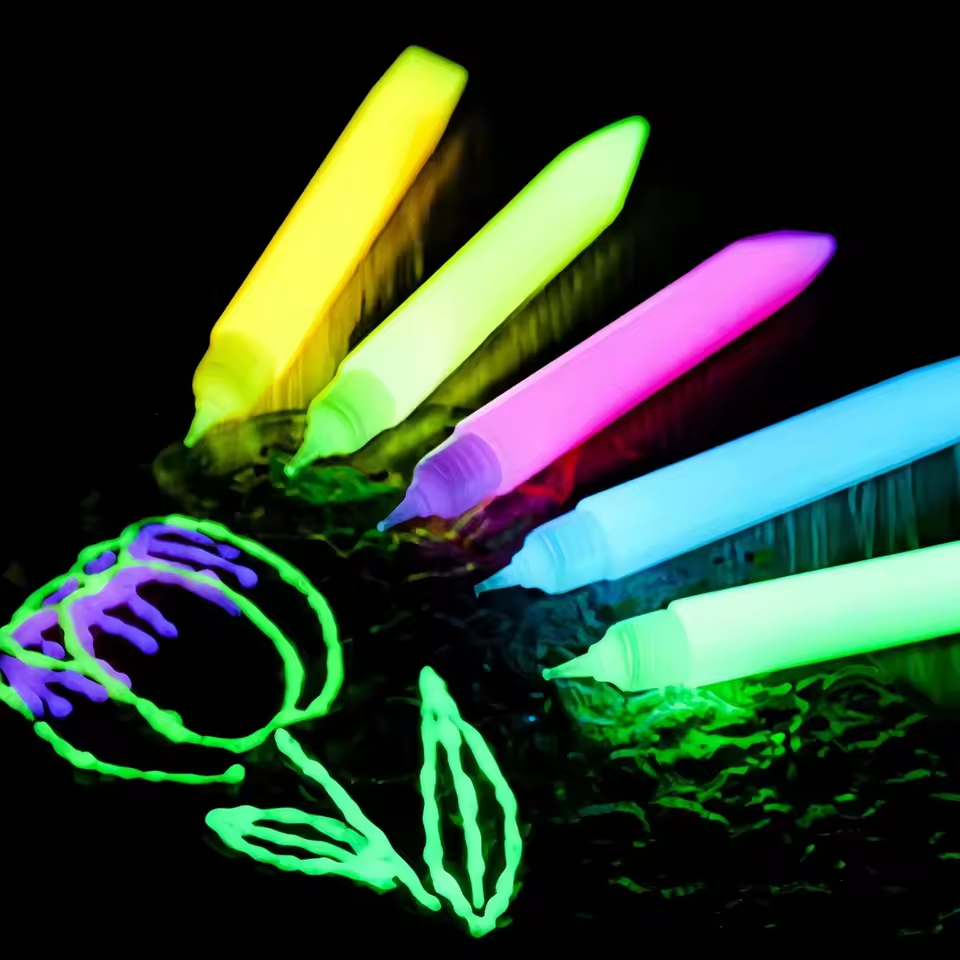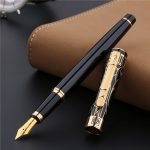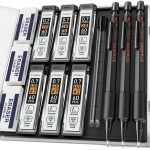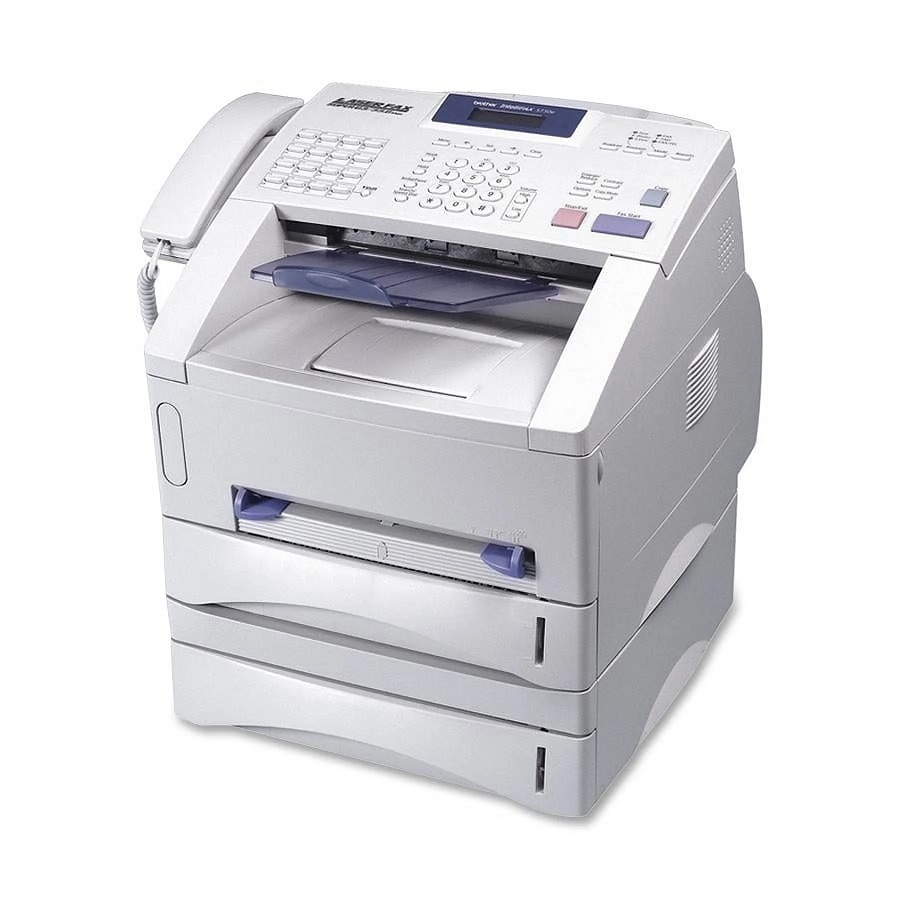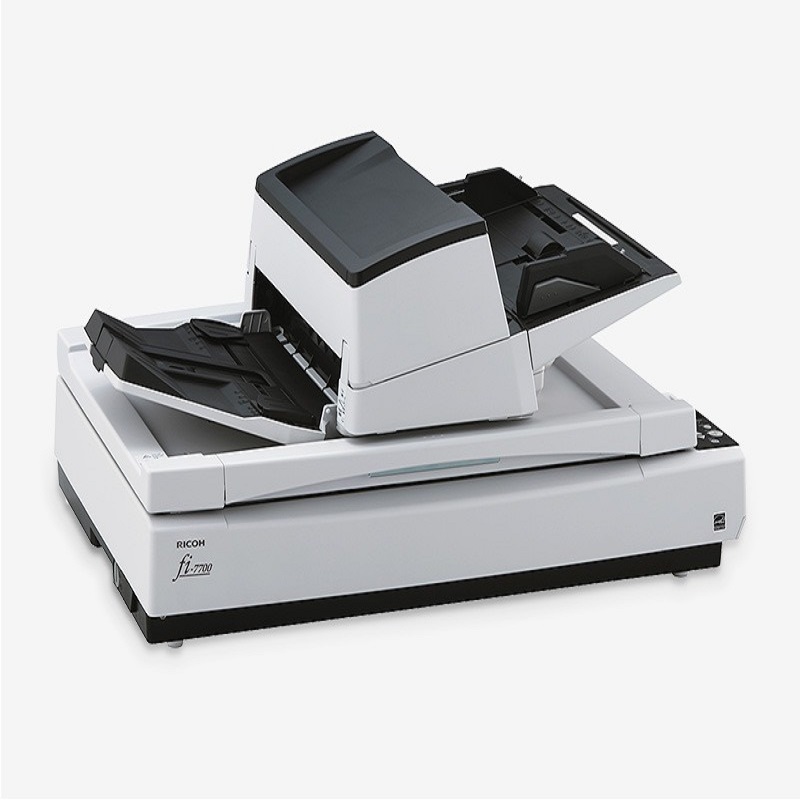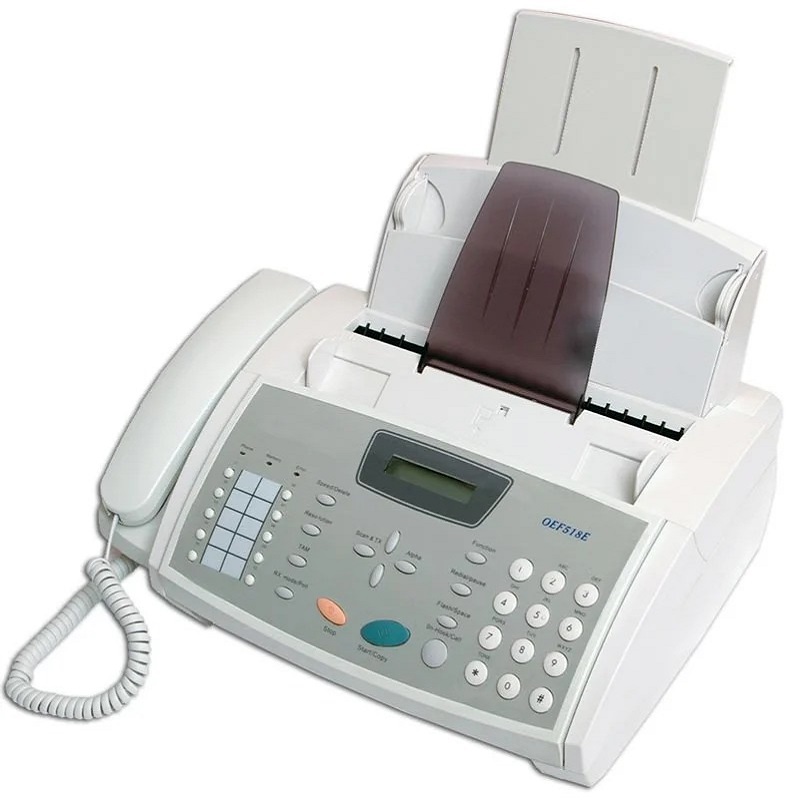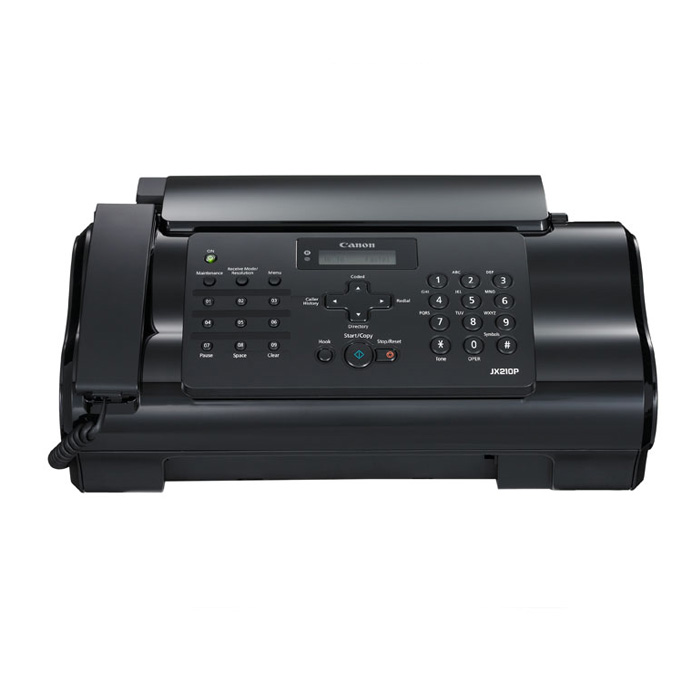Mini usb, also known as Mini-B USB, is a popular connection interface that offers numerous benefits for various electronic devices. It is a smaller and more compact version of the standard USB interface, providing improved convenience and versatility. In this guide, we will explore the advantages of Mini USB, including its compatibility, durability, data transfer speed, power capabilities, and widespread usage in different industries.
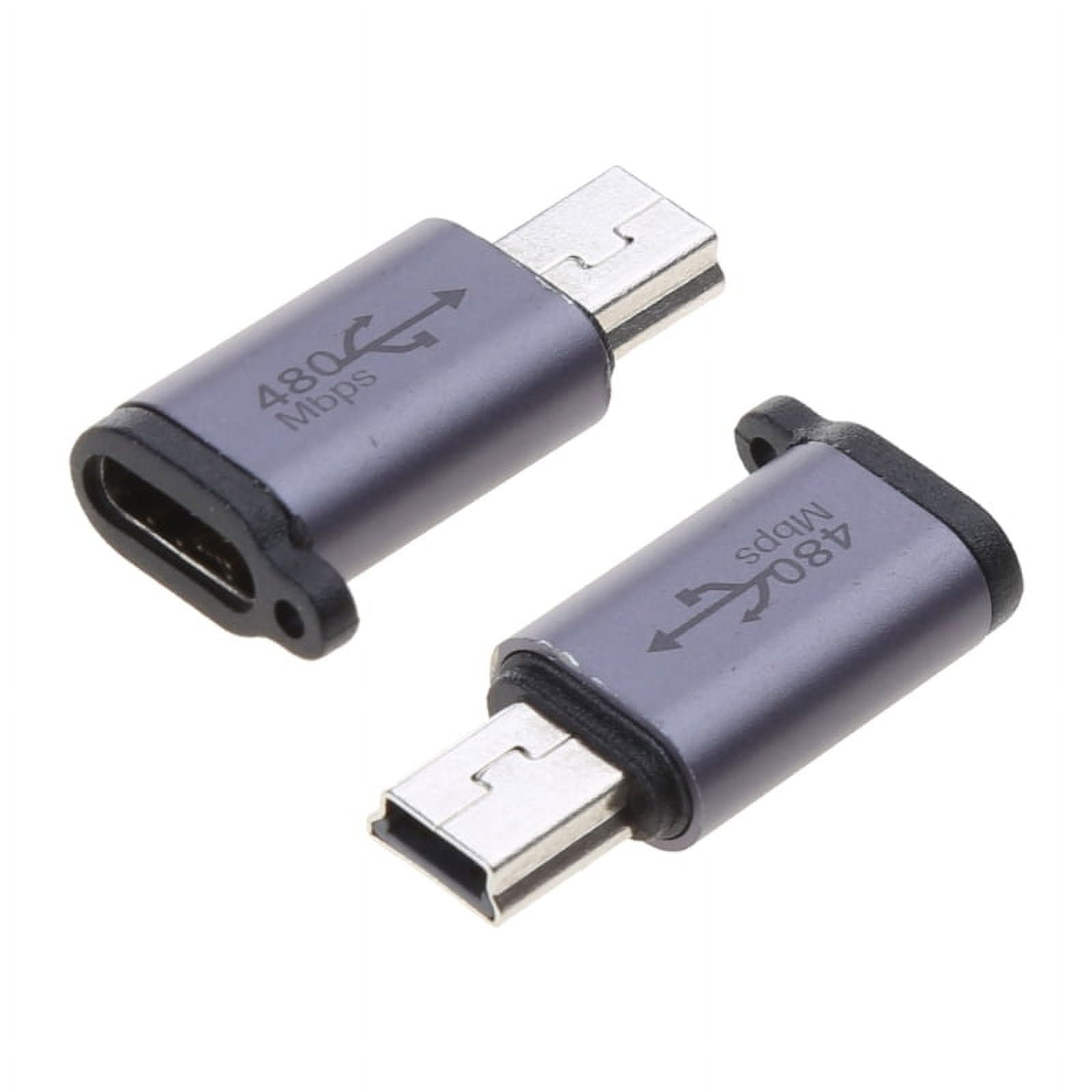
Compact and Portable:
- Small Form Factor: The compact size of USB makes it ideal for portable devices such as digital cameras, smartphones, digital music players, and game consoles. It saves space and allows for more efficient design in sleek and compact electronic devices.
- Easy Portability: The smaller size of USB connectors enables easy portability, making it convenient to carry and connect devices while on the go.
Compatibility:
- Backwards Compatibility: Mini USB is designed to be backward compatible, meaning it can be used with devices that have standard USB ports. Adapters and cables can easily convert USB to standard USB, facilitating connectivity with a wide range of devices.
- Universal Standard: USB has become a universal standard for a variety of electronic devices, providing ease of use and compatibility across different manufacturers.
Durability and Reliability:
- Sturdier Design: Mini USB connectors have a more robust and rugged design compared to other USB options, making them better suited for frequent use in demanding environments.
- Secure Connection: Mini USB connectors have a locking mechanism that provides a secure and reliable connection, preventing accidental disconnections during usage.
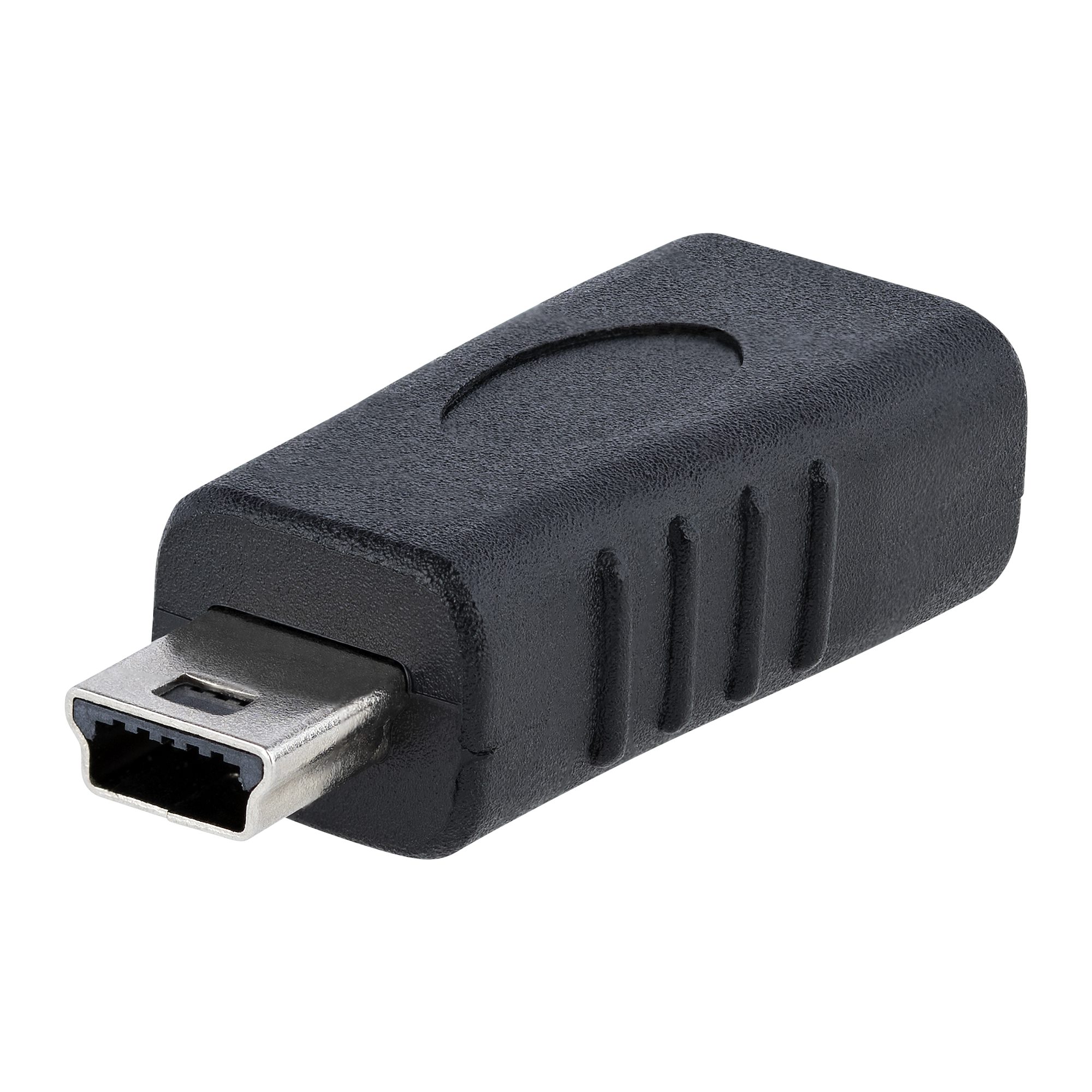
High-Speed Data Transfer:
- Fast Data Transfer Rates: Mini USB supports high-speed data transfer, making it suitable for transferring large files, audio, video, and multimedia content.
- Quick and Efficient: The high-speed data transfer capability of mini usb ensures faster synchronization and data backup between devices.
Power Capabilities:
- Power Charging: USB is commonly used for charging mobile devices, such as smartphones, digital cameras, and MP3 players. It provides a convenient and standardized method for power delivery.
- Power Transfer: USB not only charges devices but can also transfer power for peripheral devices like portable speakers, external hard drives, and keyboards.
Widespread Usage:
- Broad Industry Adoption: USB has been widely adopted in various industries, including photography, mobile devices, gaming consoles, digital audio players, automotive, and more.
- Established Ecosystem: The widespread usage of USB has led to the development of a diverse range of accessories, including cables, adapters, and docking stations, further enhancing its usability and compatibility.
Cost-Effectiveness:
- Affordability: USB connectors and cables are widely available and cost-effective, making them an economical choice for equipment manufacturers and consumers.
- Compatibility Savings: The compatibility of USB reduces the need for specialized connectors or adapters, saving costs for both manufacturers and consumers.

Industry Transition:
- USB-C Transition: While USB has its advantages, it is worth noting that the industry is transitioning towards USB-C, which offers even higher data transfer rates, faster charging capabilities, and improved versatility. Consider USB-C for future-proofing your devices, as it becomes more prevalent.
What types of mini usb are there?
Mini USB connectors are widely used for a variety of electronic devices due to their compact size and versatility. These connectors come in different types, each designed for specific applications and purposes.
Mini-AB USB Connector (Universal Connector):
- Description: Mini-AB connectors combine the functionality of both Mini-A and Mini-B connectors, providing a universal solution for connecting devices with different USB interfaces.
- Features: a. Five-Pin Design: Mini-AB connectors have five pins, including downstream (D- and D+) data pins and power pins (VBUS and GND). The fifth pin is the ID pin used for device detection. b. On-The-Go (OTG) Support: Mini-AB connectors support OTG functionality, allowing devices to act as both hosts and peripherals without the need for additional adapters.
- Common Uses: Mini-AB connectors are commonly found in devices like smartphones, tablets, digital cameras, and portable media players.
Mini-A USB Connector:
- Description: Mini-A connectors are designed for devices that primarily function as USB hosts. Allowing them to connect to other USB devices, including peripherals and accessories.
- Features: a. Five-Pin Design: Mini-A connectors have five pins, including downstream data pins (D- and D+), power pins (VBUS and GND), and the ID pin for device detection. b. Non-Interchangeable: Mini-A connectors are not compatible with Mini-B or Micro USB connectors, preventing the wrong cable connection.
- Common Uses: Mini-A connectors are commonly found in devices like digital cameras, PDAs, and some older smartphones.
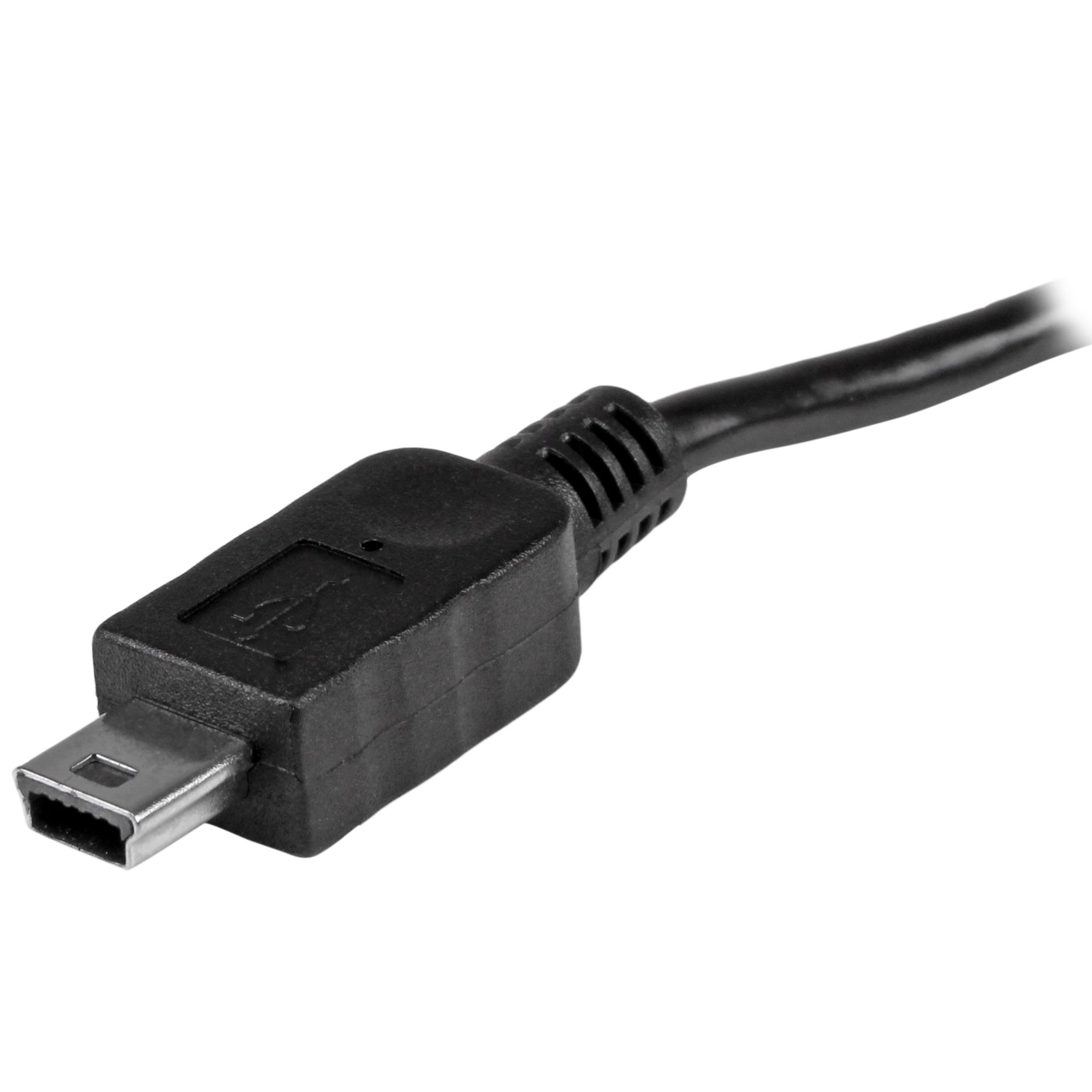
Mini-B USB Connector:
- Description: Mini-B connectors are primarily used on USB peripheral devices for connecting to USB hosts or hubs.
- Features: a. Five-Pin Design: Mini-B connectors have five pins, including upstream data pins (D- and D+), power pins (VBUS and GND), and the ID pin for device detection. b. Non-Interchangeable: Mini-B connectors have a unique shape that ensures compatibility with the corresponding Mini-B ports on devices.
- Common Uses: Mini-B connectors are commonly found in devices like external hard drives, digital audio recorders, and GPS devices.
Mini-B SuperSpeed USB Connector:
- Description: Mini-B SuperSpeed connectors, also known as Mini-B 10-pin connectors, are designed for USB 3.0 (SuperSpeed) devices, offering faster data transfer rates compared to the previous versions.
- Features: a. Ten-Pin Design: Mini-B SuperSpeed connectors have ten pins. Including the original five pins found in Mini-B connectors. Plus five additional pins for SuperSpeed data transmission. b. Backward Compatibility: Mini-B SuperSpeed connectors are backward compatible with USB 2.0 and 1.1 devices. Ensuring compatibility with older USB standards.
- Common Uses: Mini-B SuperSpeed connectors are commonly found in devices. That require high-speed data transfer, such as external hard drives. Digital cameras, and video capture devices.
Mini-USB-Micro USB Adapters:
- Description: Mini-USB-Micro USB adapters allow USB devices to connect to Micro USB ports, expanding their connectivity options.
- Features: a. Compact Design: Adapters are small and portable, allowing USB devices to connect to Micro USB cables or devices. b. Compatibility: Adapters enable devices with USB interfaces to work with Micro USB technology.
- Common Uses: Adapters are commonly used with mobile phones, tablets, and other devices that have Micro USB ports.
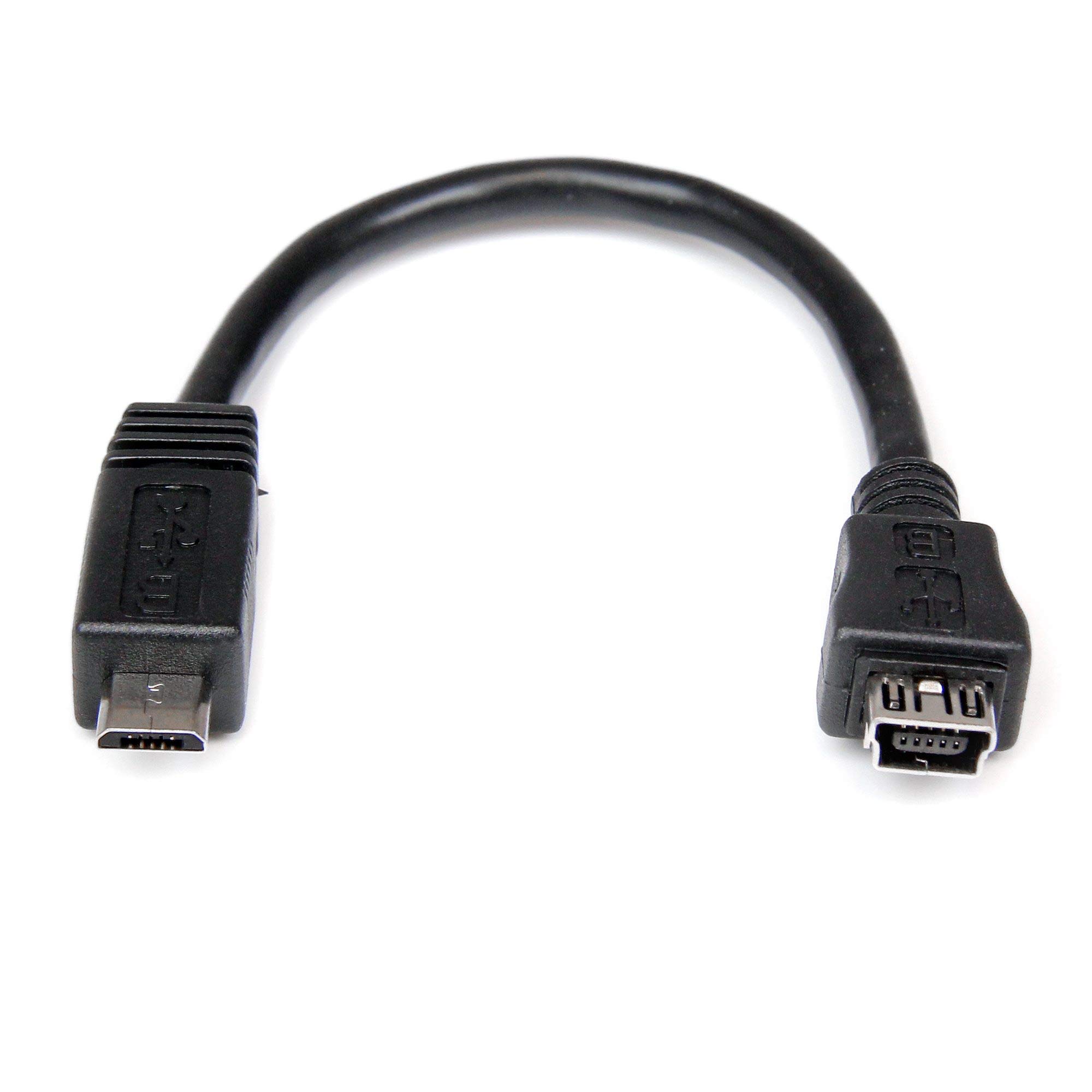
Conclusion:
Mini USB offers numerous advantages for electronic devices. Including its compact size, compatibility, durability, high-speed data transfer, power charging capabilities, and widespread usage. Its small form factor and easy portability make it ideal for portable devices. While its compatibility with standard USB provides convenience and versatility. Mini USB’s sturdier design ensures durability and reliability. Even in demanding environments. Its fast data transfer rates enable quick synchronization and backup of files, music, and videos. Additionally, USB serves as a reliable power charging option for various devices. The universal adoption and affordability of USB make it a cost-effective choice for manufacturers and consumers.
